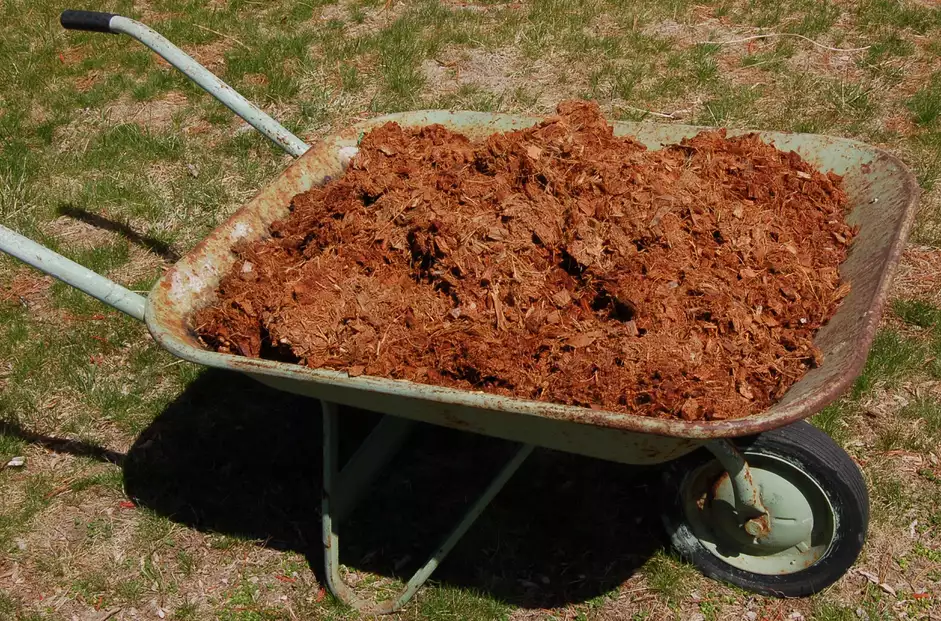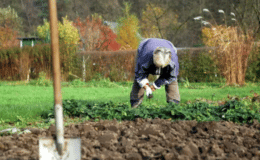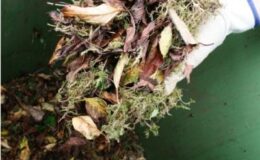All your hard work maintaining your landscape and garden doesn’t come to an end just because winter is on the horizon. One of the most important tasks in gardening comes in the form of preparing your soil for the next growing season. From raking your leaves to mixing in mulch, the steps you take now will reap big rewards for your plants down the road1.
Whether you prefer to use a living mulch or a more conventional type, your garden will benefit from the added protection, richness, and nutrition it provides. There’s a long winter ahead particularly if you live in the northern United States, and you want to ensure that you’ll be ready to plant when the opportunity arises.
Preparing Your Beds for Mulching
When all the plants in your fall vegetable gardens or annual flower gardens have been harvested or are dead, your garden mulching efforts can begin. There are a few things you want to do to prep your landscape for mulching to reap the maximum benefits.
First, spend some time removing plant debris from your beds. This includes—but is not limited to—the stems and leaves of dead plants; fruits, vegetables, or flowers that have fallen to the ground; weeds, or other invaders. As you clean up the space, remove any diseased plants entirely so they don’t infect next year’s crop.
Pile all your plant debris into a compost bin or other collector to allow them to break down into compostable nutrients. (Note: Diseased plants should never be composted). Use the clean garden or bed as an opportunity to till your soil, mix in any additional nutrients (like garden lime), or soil amendments it may need.
Choosing the Right Mulch
Contrary to popular belief, selecting the right mulch for your garden is not one-size-fits-all. Depending on the types of plants, location, and the unique needs of your space, you may need to choose between several different methods of mulching.
At its core, mulch is simply any organic material spread over the top of your soil as a protective and nutrient-dense covering. Mulch ingredients may include a mix of bark, shredded or chipped wood, pine needles, grass clippings, shredded leaves, straw, compost, or even newspaper.
The type of mulch you choose will largely depend on your garden’s needs. For example, straw and hay are a popular picks in vegetable gardens, as they decompose very slowly and will last the entire growing season. Similarly useful, shredded leaves are a great mulch option and an ideal way to use up all that fallen foliage in your lawn. (If you’ll be using leaves as a garden mulch, shred them first by running the lawnmower over them before collecting). You can control or fix most soil condition issues with the right type of mulch, from the temperature and moisture of your soil to its pH levels.
Another option when it comes to mulching is “living mulch.” Synonymous with “green manure” and “cover crop,” a living mulch is just what it sounds like—live plants that are grown in a planting bed and take the place of a conventional mulch. To achieve a living mulch, broadcast their seed after rototilling.
There are several instances where your garden may benefit from a living mulch over a traditional organic matter mulch. For example, if you’re concerned that a large bed (typically a vegetable bed) might suffer from soil erosion throughout the winter, you could grow a crop of winter rye on top of it. The roots of the winter plants will help keep the soil in place as snow freezes and melts.
How Much Mulch Do I Need?
Applying the Mulch
As a rule of thumb, the best time to begin thinking about mulching your garden or landscape is after the first deep frost. By laying mulch at this time, you’ll ensure that the soil remains just around the level of freezing, allowing any remaining plants to go dormant without temps dropping so low that the plant succumbs to the elements.
To spread mulch, add numerous piles of your chosen material throughout your garden. Using your hands, spread the mulch evenly throughout your space, taking care to leave a bit of distance between the mulch and any stems or branches of remaining plants to help prevent rot. The final layer of mulching should be about three inches deep, so be sure not to underestimate the amount of mulch you’ll need.




Leave a Comment
You must be logged in to post a comment.